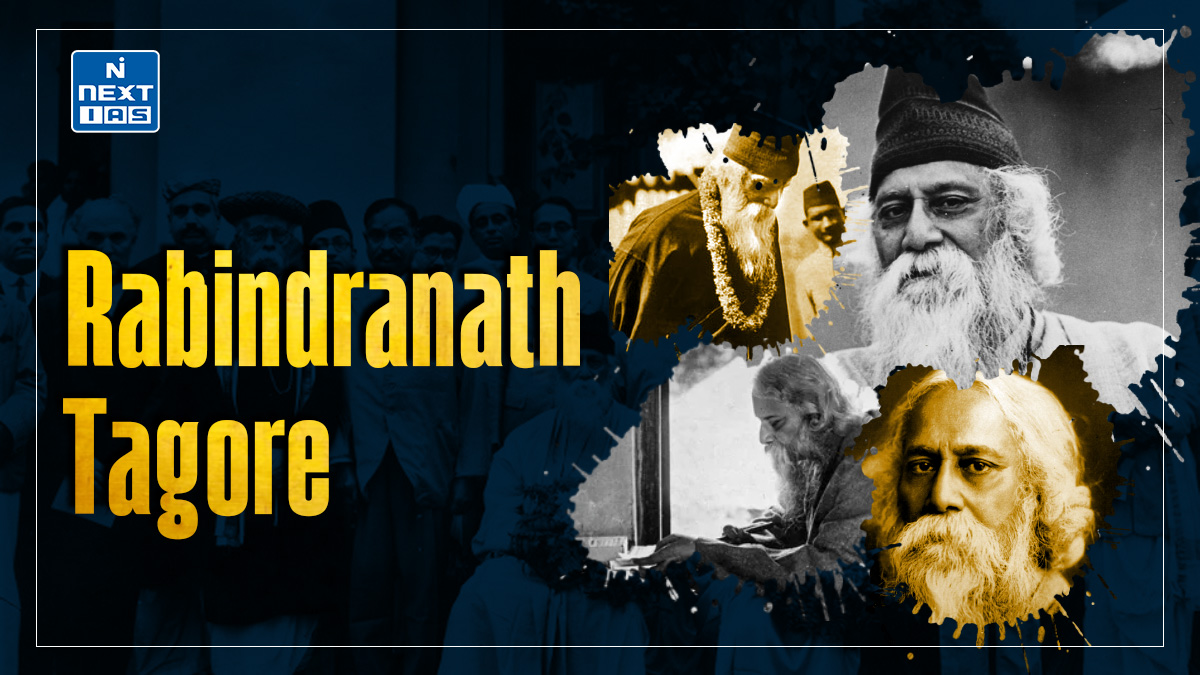
The Regulating Act of 1773 marked the British Parliament’s first attempt to control the East India Company’s political and administrative functions in India. The Pitt’s India Act of 1784 further refined this control by introducing a dual governance system, centralizing authority, and separating the Company’s commercial and political roles. This article aims to study in detail the causes, features, analysis, and legacy of these two landmark legislations.
About Regulating Act of 1773 and Pitt’s India Act of 1784
- The advent of British political dominance in India began with the Treaty of Allahabad in 1765, granting the East India Company Diwani Rights (revenue collection) in Bengal.
- Lord Clive’s introduction of the Dual Government system, where the Company controlled revenues while Indian officials managed administration, marked the Company’s initial governance.
- However, the Company’s mismanagement soon necessitated intervention, leading to legislative measures such as the Regulating Act of 1773 and the Pitt’s India Act of 1784, which laid the foundations for British rule.
The Regulating Act of 1773
The Regulating Act was the British Parliament’s first step toward controlling and recognising the East India Company’s political and administrative functions in India. Several factors necessitated this legislation:
- The Company’s financial crisis culminated in a demand for a £1 million loan in 1772.
- There is a need to define the relationship between the Company and the British government.
- Criticism of the Company’s governance in Bengal and unethical practices of its officials.
Salient Features of Regulating Act of 1773
- The Governor of Bengal was elevated to Governor-General of Bengal (Warren Hastings being the first).
- A four-member Executive Council assisted the Governor-General, concentrating legislative powers.
- Governors of Bombay and Madras presidencies were subordinated to the Governor-General of Bengal.
- A Supreme Court was established in Calcutta (1774) with Sir Elijah Impey as its first Chief Justice.
- Servants of the Company were prohibited from engaging in private trade or accepting bribes.
- The Court of Directors was required to report on the Company’s revenue and military affairs in India.
Analysis of Regulating Act of 1773
The Act laid the groundwork for a unitary form of governance in India and resolved issues of dual administration. However, its implementation faced challenges:
- The Governor-General lacked overriding powers, leading to legislative deadlocks.
- The undefined jurisdiction of the Supreme Court caused conflicts with the Governor-General’s Council.
- Despite its shortcomings, the Act began centralized governance in India.
Pitt’s India Act of 1784
The Pitt’s India Act of 1784 was Introduced to address the defects of the Regulating Act, the Pitt’s India Act (or Act of Settlement) sought to bring the Company’s administration under tighter British control while separating its commercial and political functions.
Causes of Pitt’s India Act of 1784
- The shortcomings of the Regulating Act, particularly its inefficiency in governance.
- The need to strengthen British authority over the Company’s public affairs and territories in India.
Salient Features of Pitt’s India Act of 1784
- Separation of commercial and political responsibilities. The Court of Directors managed commerce, while the newly established Board of Control oversaw political affairs.
- The Governor-General’s Council strength was reduced to three, ensuring quicker decision-making.
- The Governor-General (and Council) gained greater centralization of authority, with the governors of Madras and Bombay subordinated in all matters.
- The Act referred to Company-held territories as “British possessions in India” for the first time.
- An Act of 1786 made the Governor-General the Commander-in-Chief and authorized them to overrule the council in matters of critical importance to the Crown.
Analysis of Pitt’s India Act of 1784
- Pitt’s India Act introduced double government, where the British Board of Control directed political matters while the company managed economic affairs.
- It centralised power in India, subordinating regional presidencies to the Governor-General in Bengal, a move pivotal in unifying India under British rule.
- However, the division of authority between the Board of Control and the Court of Directors created ambiguity.
- This enabled Governors-General, like Lord Cornwallis, to exercise discretion, often operating with minimal interference from the home government.
Legacy of Regulating Act of 1773 and Pitt’s India Act of 1784
- The Regulating Act of 1773 and Pitt’s India Act of 1784 laid the structural framework for British administration in India.
- These measures gradually transferred authority from the East India Company to the British Crown, culminating in the Crown’s direct control over India in 1858 after the Sepoy Mutiny.
- These Acts reflect the evolution of British governance in India, transitioning from mercantile exploitation to centralised colonial administration.
- They also underscore the beginning of India’s political and economic integration under colonial rule.
Conclusion
The Regulating Act of 1773 and Pitt’s India Act of 1784 were pivotal in shaping the trajectory of British administration in India. While these Acts were introduced to address immediate crises and inefficiencies, they ultimately laid the foundation for a centralized and structured colonial governance model. They marked the shift from the East India Company’s commercial focus to a more politically controlled approach, reflecting the growing imperial ambitions of the British Crown. The gradual centralization and unification initiated by these Acts not only consolidated British power but also set the stage for India’s transformation under colonial rule, paving the way for the eventual establishment of direct Crown administration post-1857. These legislative measures remain significant as they underscore the complexities and contradictions of British rule, balancing exploitation with administrative consolidation.
Frequently Asked Questions (FAQs)
What was the Regulating Act of 1773?
The Regulating Act of 1773 was the first major legislation by the British Parliament to regulate the governance of the East India Company in India. It aimed to address corruption, improve administration, and establish central control over the company’s territories in India, introducing significant changes like the appointment of a Governor-General of Bengal and setting up a Supreme Court in Calcutta.
Who introduced the Regulating Act of 1773?
The Regulating Act of 1773 was introduced by the British Parliament under the guidance of the then Prime Minister, Lord North.





